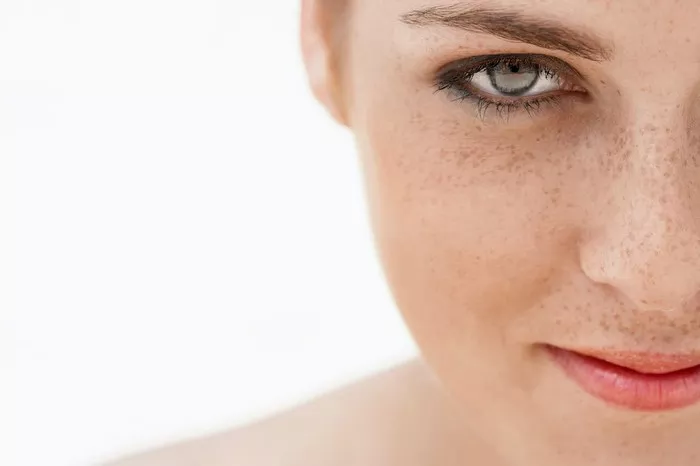Freckles are small, flat, brown spots that appear on the skin, typically on areas that are exposed to the sun, such as the face, arms, and shoulders. While freckles are generally harmless, they can be a cosmetic concern for some individuals. In this article, we will explore what causes freckles and what can be done to treat them.
What are Freckles?
Freckles are small, flat, brown spots that appear on the skin. They are typically caused by an increase in melanin, which is the pigment that gives skin its color. Freckles are most commonly found on areas of the skin that are exposed to the sun, such as the face, arms, and shoulders.
While freckles are generally harmless, they can be a cosmetic concern for some individuals, particularly if they are large or numerous.
What Causes Freckles?
There are several factors that can contribute to the development of freckles. These include:
Genetics: Some individuals may be more prone to developing freckles due to their genetics.
Sun exposure: Prolonged sun exposure can cause an increase in melanin production, which can lead to the development of freckles.
Hormonal changes: Hormonal changes, such as those that occur during pregnancy or puberty, can cause an increase in melanin production, which can lead to the development of freckles.
Medications: Certain medications, such as birth control pills and some antibiotics, can cause an increase in melanin production, which can lead to the development of freckles.
How are Freckles Treated?
There are several treatment options available for individuals who are concerned about the appearance of freckles. These include:
Sun protection: The best way to prevent freckles from forming is to protect your skin from the sun’s harmful UV rays. This can be done by wearing protective clothing, such as hats and long-sleeved shirts, and using a broad-spectrum sunscreen with an SPF of at least 30.
Topical treatments: Topical treatments, such as hydroquinone and retinoids, can be applied to the skin to help lighten freckles and reduce their appearance.
Chemical peels: Chemical peels involve the application of a chemical solution to the skin, which causes the outer layer of skin to peel away. This can help to reduce the appearance of freckles and improve skin texture.
Laser therapy: Laser therapy involves the use of a laser to target and destroy the cells that produce melanin. This can help to lighten freckles and reduce their appearance.
Conclusion:
Freckles are a common cosmetic concern for many individuals, but they are generally harmless. They are caused by an increase in melanin production, which can be triggered by genetics, sun exposure, hormonal changes, and certain medications.
Treatment options for freckles include sun protection, topical treatments, chemical peels, and laser therapy. If you are concerned about the appearance of freckles on your skin, it is important to consult with a qualified healthcare professional to determine the best course of treatment for your individual needs.
FAQs
1. What causes freckles to appear?
Freckles are primarily caused by an increase in melanin production within the skin. Melanin is the pigment responsible for skin coloration, and when the skin is exposed to sunlight or UV radiation, melanocytes (the cells that produce melanin) may become more active, leading to the formation of freckles. Genetics also play a significant role in determining an individual’s propensity to develop freckles, with fair-skinned individuals being more susceptible.
2. Does freckles go away?
Freckles are generally permanent and may fade somewhat over time, especially with reduced sun exposure. However, they often persist throughout life, particularly in individuals with a genetic predisposition to freckle formation. While certain treatments such as laser therapy or chemical peels may help reduce the appearance of freckles, they may not completely eliminate them.
3. Are freckles caused by skin damage?
Freckles are not typically considered a sign of skin damage, although their development can be influenced by exposure to UV radiation from the sun or artificial sources such as tanning beds. Freckles are more commonly associated with genetic factors and an individual’s skin type, particularly in those with fair or light-colored skin.
4. What genetically causes freckles?
The tendency to develop freckles is primarily determined by genetics. Variations in genes associated with melanin production and distribution, as well as skin pigmentation, can influence an individual’s likelihood of developing freckles. Specifically, individuals with certain genetic variants may have a higher concentration of melanocytes in the skin, leading to increased melanin production and the formation of freckles, especially in response to sun exposure.


